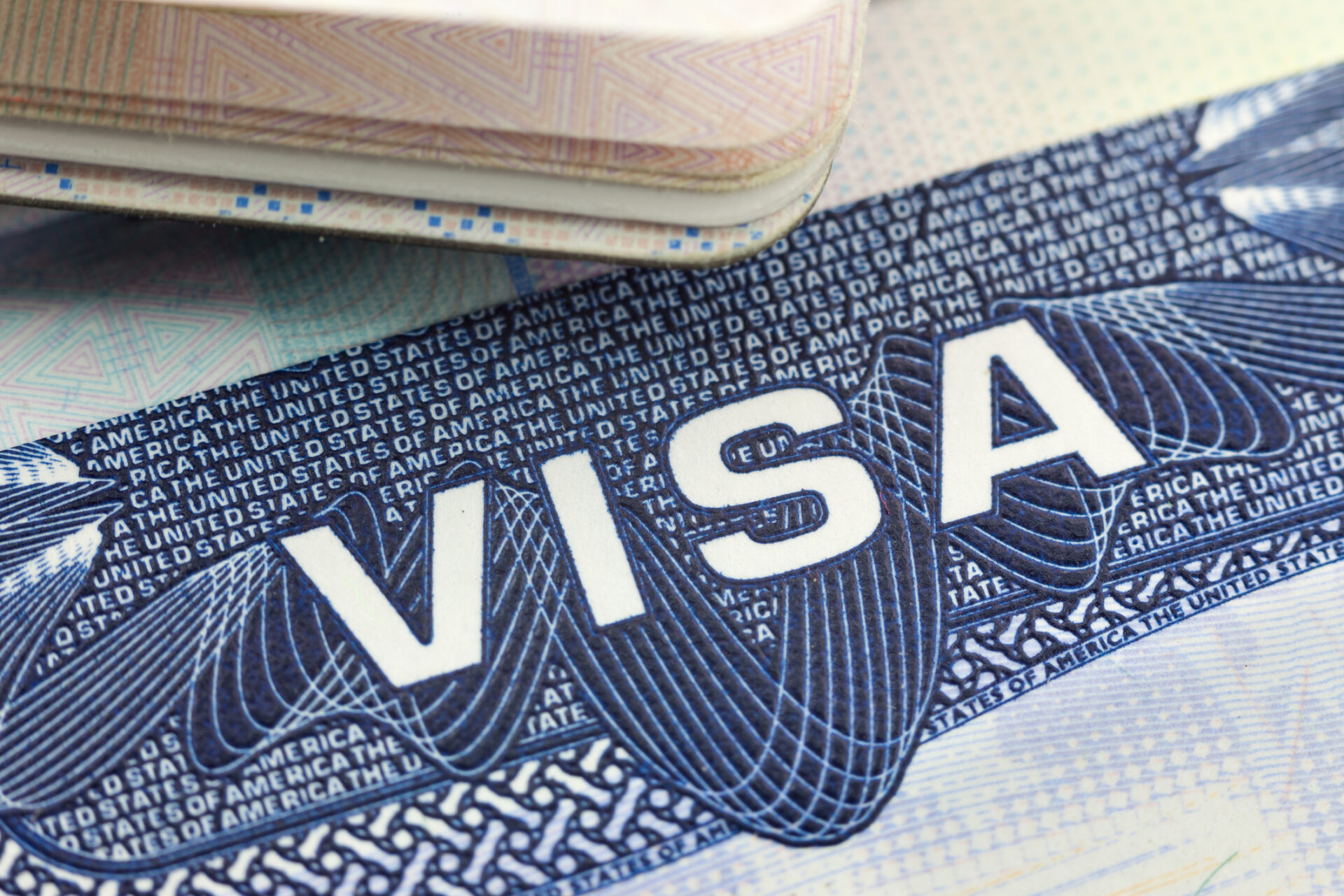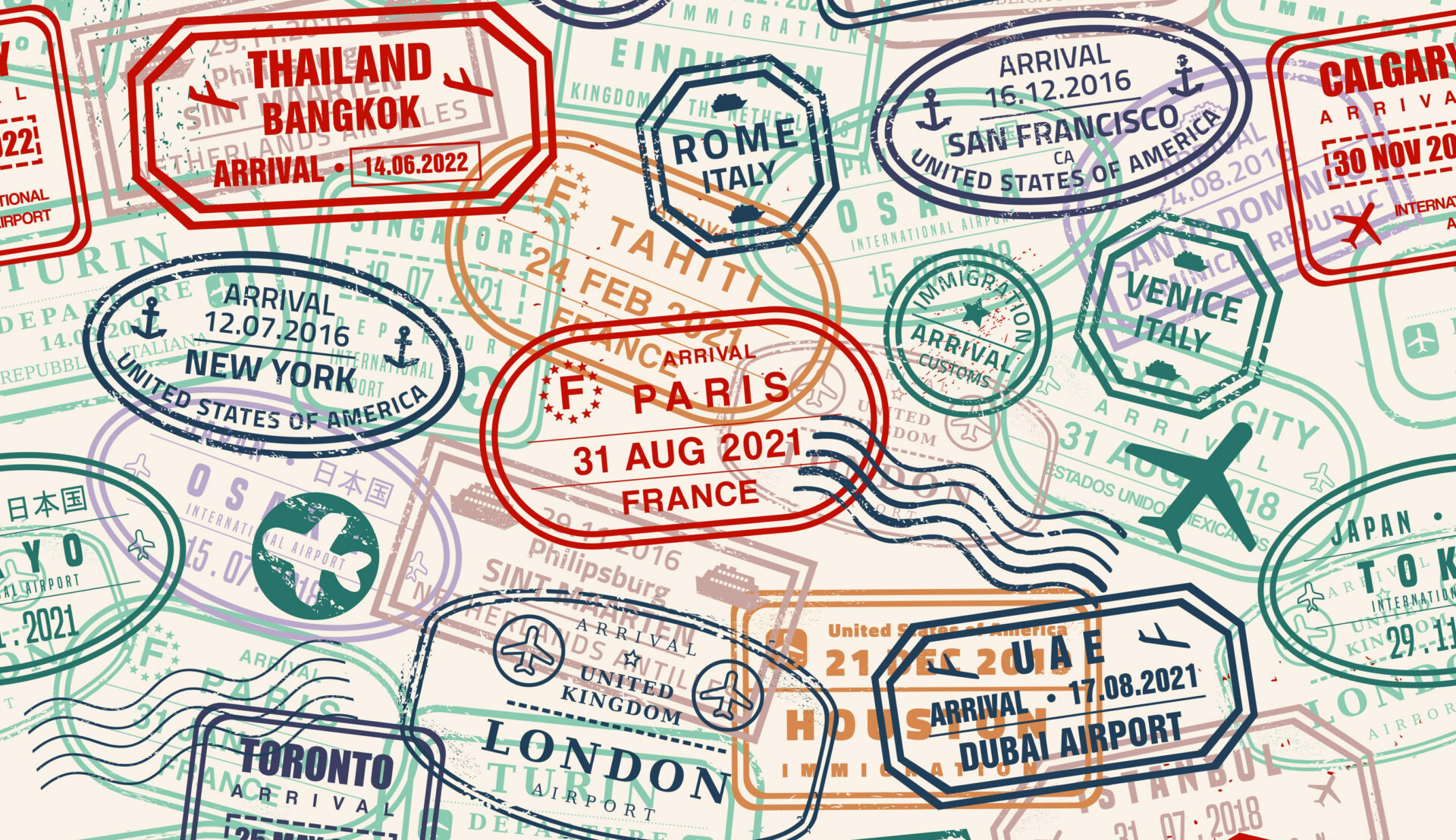To help trainees overcome increasing visa wait times, AMOpportunities hosted a webinar last month on the process for requesting an Expedited Visa Appointment. Visa appointment wait times at U.S. consulates have become significantly delayed, with some consulates seeing wait times over the one-year mark. This has made it difficult, if not impossible, for medical trainees hoping to secure a visa to travel for a U.S. clinical experience.
The webinar–hosted by AMO co-founder, COO, and in-house attorney Ben Bradley–focused on problem-solving long visa wait times by breaking down the process to request an expedited visa.
Ben’s webinar covered five quick steps for requesting your emergency visa, how AMO can help, and why you might not actually need a visa. Read more about the webinar and check out the full presentation below.
Step 1: Know the visa wait times near you
With visa wait times regularly changing, it is never a bad idea to check your visa wait time before reserving your clinical rotation. This will help give you a better idea of whether you will need to expedite the process.
Visa wait times can be found through the U.S. government by clicking here
You may be fortunate to live near multiple U.S. consulates, which makes the second step crucial. Even if you only have easy access to one consulate, the second step will still be relevant.
Step 2: Learn about your consulate’s visa process
Unfortunately, the visa process can vary from consulate to consulate. Fortunately, there are resources to use to learn about the visa process at each consulate.
ustraveldocs.com is a well-organized site that allows you to search by country to learn about the visa process most relevant to your situation. Before applying for a visa, it is important to familiarize yourself with the visa process at your consulate.
Step 3: Apply for your visa and schedule your appointment
Initiate the visa process by filling out a DS-160 form. This is your formal visa application, and it takes approximately 90 minutes to complete.
While filling out this application, it is important to select the B1/B2 combined visa type. This is the type of visa that supports travel for clinical experiences and is coincidentally the most common visa type granted by the U.S. government. This is because the B1/B2 visa allows for a lot of flexibility.
Once you have filled out your application, you can schedule your visa appointment. Note that for expedited appointments, you should schedule your appointment after your rotation start date.
Step 4: Connect with your AMO Coach
Once you schedule your visa appointment, connect with your AMO Coach and let him/her know you plan to initiate the expedited visa process. Your Coach will be able to help secure an expedited appointment support letter and an invitation letter. Both letters will be important to have to secure your expedited appointment.
Step 5: Apply for your expedited appointment
Again, the application process will vary from consulate to consulate. Refer to your consulate’s process to apply for your expedited visa.
Do you need a visa at all?
While this final section might be a question to consider asking yourself before starting the visa application process, it is also information relevant if your expedited visa process is refused or if visa wait times are just too long to overcome.
First, you might ask yourself if you need a visa. If you are from one of the 40 ESTA countries, you qualify for the Visa Waiver Program and can travel to the U.S. for up to 90 days.
Another option for U.S. clinical experience without a visa is to reserve a virtual rotation. Virtual rotations are a cutting-edge approach for providing medical education and offer necessary experience in the growing field of telehealth. Virtual rotations also offer more personal, detailed LoRs that have helped a number of AMO trainees successfully match into residency.
Check out the full webinar below:






